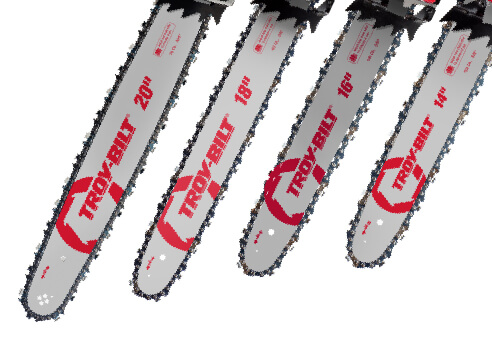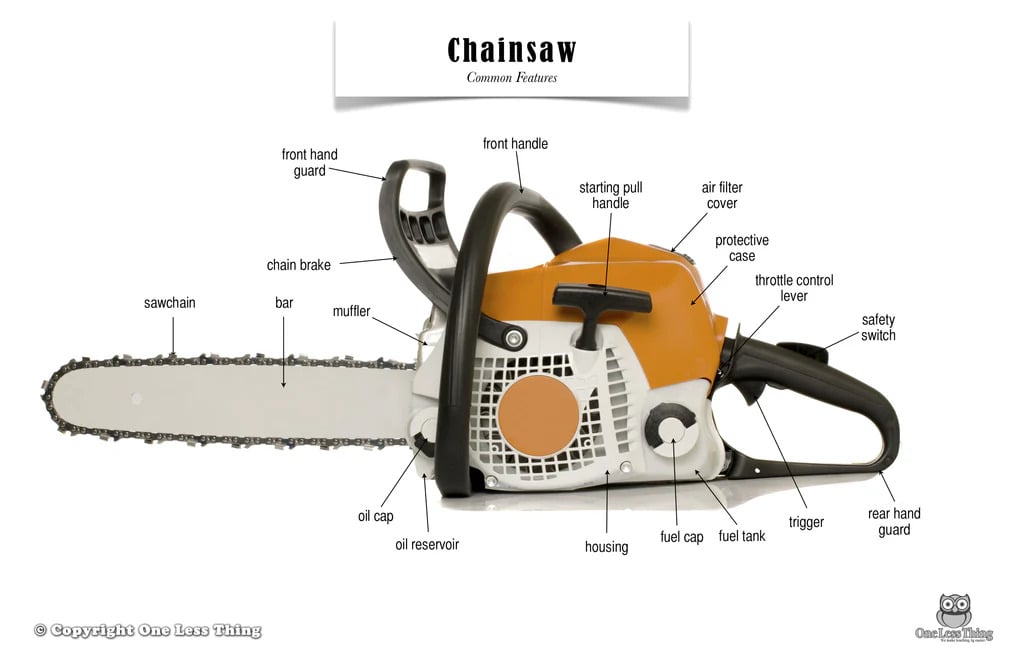
What to wear duck hunting?
What to wear duck hunting? The right attire can make the difference between a successful, comfortable hunt and a miserable experience in the blind.
Jun 28, 2024 | by N Johansson

Choosing the right chainsaw size is crucial for efficiently and safely tackling your outdoor projects. Whether you're a homeowner looking to maintain your property or a professional arborist, understanding chainsaw sizes will help you make an informed decision. In this guide, we'll explore the factors that determine what size chainsaw you need.
Before diving deeper, let’s familiarize ourselves with some crucial terms:

Your task type is crucial in determining the chainsaw size:
Chainsaws vary widely in price:
Comparison Table:
| Size | Bar Length (inches) | Best Uses | Popular Models | Pros | Cons |
|---|---|---|---|---|---|
| Small Chainsaw | 10-14 | Pruning, trimming, clearing campsites | BLACK+DECKER 20V | Lightweight, easy to handle | Limited to smaller tasks |
| Medium Chainsaw | 15-20 | Cutting firewood, minor trail work | Husqvarna 130 Gas Powered | Versatile, good balance of power and weight | May be too heavy for novices |
| Large Chainsaw | 20+ | Large trees felling, big projects | Husqvarna 450 Rancher | Powerful, very efficient for large tasks | Heavy, needs experience |
For novices, I suggest starting with small chainsaws. Master the basics, then consider larger ones as you gain experience. Prioritize safety and correct handling, particularly in diverse outdoor settings.
Choosing the right chainsaw size is about balancing power, weight, and your own capabilities. For most homeowners, a chainsaw with a bar length between 14" and 20" is ideal. However, always prioritize safety and consider your specific needs when making your decision. Remember, if you're uncertain about your capabilities or the task at hand, it's always best to seek professional help. Safety should always be your top priority when working with chainsaws. By considering these factors and recommendations, you'll be well-equipped to choose the perfect chainsaw size for your needs. Happy cutting!